3.
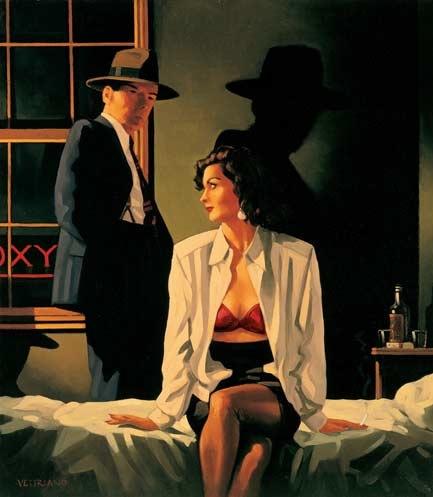
JOHNNY (V.O.)
If it was all a dream, it was a dream I intended to pursue to the end.
Some years later ... I came across a review of a new paperback, An Underworld at War, by Donald Thomas. This was the first in depth study of the crime scene in Britain during the war, which was the very hayday of the film noir period. While there may have been noir in America, in Britain there was an actual blackout!
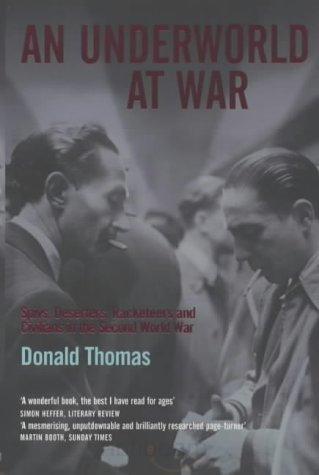
During the war the reporting of crime had been suppressed for fear it would damge public morale, but, in fact a crime scene flourished. It was a culture quite distinct from that in America, with cosh and cut-throat razor taking the place of guns, and it was not just the prohibition of alcohol which provided fertile ground, but the rationing of just about everything.
In a TV documentary which followed on from the book, Bad Boys of the War, one of the few remaining survivors, “Mad” Frankie Fraser, commented:
“The war was a criminal's paradise. The most exciting and profitable time ever.”
With all the able-bodied men away, a seriously depleted police force were left to cope with the deviant rump that the military couldn’t or wouldn’t touch.
In Cinema 1 Deleuze distinguishes between the Small Form where an action leads to a situation that demands further action (ASA), and the Big Form of a situation calling for action which leads to a new situation (SAS). To transpose Rita to the London Blitz would be just such a bold move. In fact, it would be to put the detective story into the middle of one of the greatest myths of modern times; mythic not in the sense that it did not happen, but in the near-universal meaning it has since taken on.
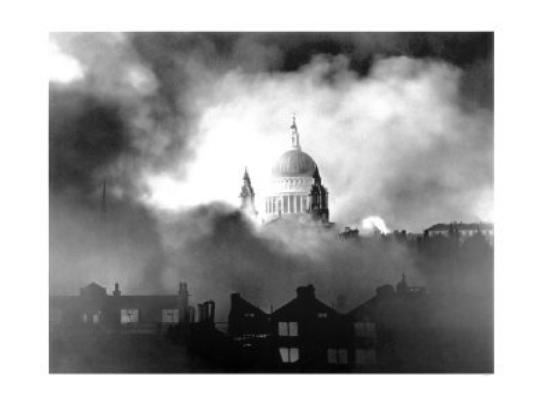
The film would set out to use this defining context, in a similar way to that in which the myth of the sinking of the Titanic was used in the film of that name. It would be a rich macro in which the intense personal emotions and petty violence would play, situations where great heroism would rub shoulders with callous self-interest. Wasn’t this just the situation of one of the greatest British movies of all time, The Third Man?
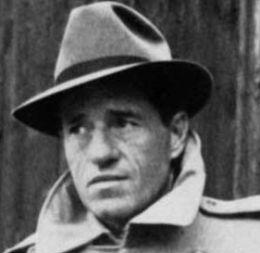 This was the inspiration necessary to now make the generic noir elements specific andpersonal. For a start, history provided a model for the villain, (renamed in the new script, Bobby Gribble), in the form of real-life gang boss, Billy Hill. who moved from being a daring smash and grab man to supremo of the burgeoning London Black Market. This was the inspiration necessary to now make the generic noir elements specific andpersonal. For a start, history provided a model for the villain, (renamed in the new script, Bobby Gribble), in the form of real-life gang boss, Billy Hill. who moved from being a daring smash and grab man to supremo of the burgeoning London Black Market.
In the dance halls and clubs a philosophy of live now for tomorrow may never come, set to big band swing, added zest to the zing of danger overhead. Of all the real life stories, one event took on particular apt focus — the bombing of the Café de Paris. This had been a symbol of pre-war glamour having been the set for the 1929 film Picadilly, staring Anna May Wong, and had remained little changed since. This would be the setting for Rita’s cabaret act, where Zigzag Ziggler would lead the band.
“With the Café de Paris, as with the sinking of the Titanic some fifty years before, it was the instant transition from luxury, glitter, apparent stability to shocking destruction which caught the imagination.
Philip Ziegler: London at War
From the start of the war the manager had been accumulating champagne and claimed to have 25.000 bottles in stock. The advertisments described it as: “The safest and gayest restaurant in town, 20 feet below ground”. But the safety was a myth; a bomb found it’s way down an airshaft and exploded killing the band-leader along with many customers. A dustman who was eye-witness described with tears in his eyes, young men in uniforms carrying out their dead girlfriends. It was the end of an era.
To film in a blackout seems a contradiction in terms, but this could be turned into a point of style, and at the same time the means to do a big subject on a down home budget. Sin City had shown how a genre movie could be created to brilliant effect almost entirely through green screen process shots. Of course, the result does not match documentary realism, but who would want it to? This means would allow the extension of the film noir aesthetic into a blacked-out city, of bomb-blasted silhouettes, of sudden flares and flashes, strewn with rubble, thick with smoke. Once again we would be entering into a nostalgia for that world that never existed, the Ying Realism and Yang fantasy of film noir
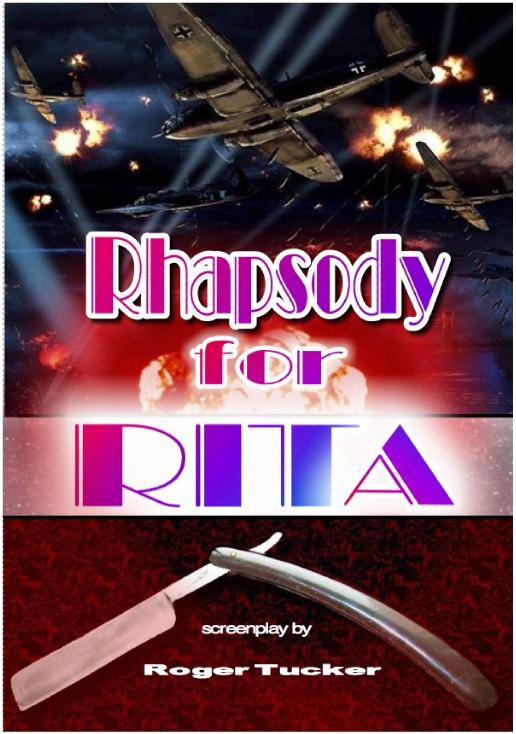
[Rhapsody for Rita remains unproduced.].
|